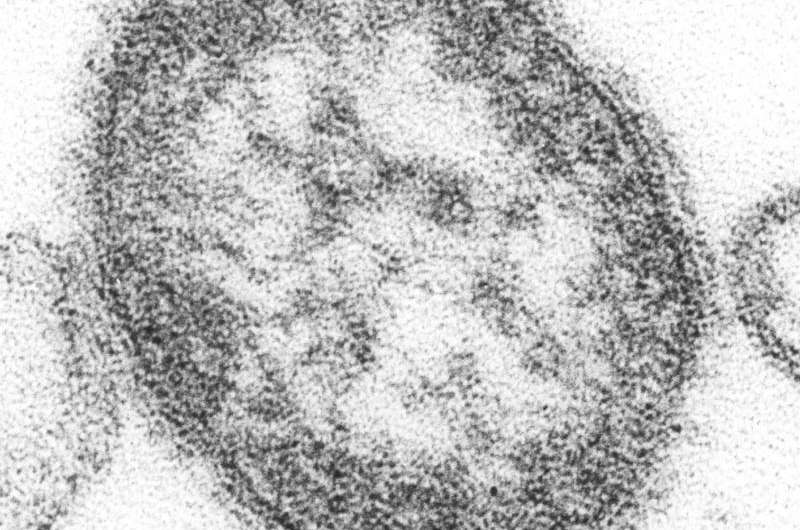Breakthrough Phase III Clinical Trial Demonstrates Effectiveness of Gene-Engineered Skin Grafts in Healing Chronic Blistering Wounds in Dystrophic Epidermolysis Bullosa

A groundbreaking Phase III trial reveals that gene-engineered skin grafts significantly improve healing and quality of life for patients with severe dystrophic epidermolysis bullosa, a rare genetic skin disorder.
A recent Phase III clinical trial led by Stanford Medicine has shown promising results in treating severe dystrophic epidermolysis bullosa (EB), a rare and debilitating genetic skin disorder. The researchers developed genetically engineered skin grafts derived from the patient's own cells, focusing on correcting the collagen VII deficiency that causes the skin to be extremely fragile. This innovation allows for targeted treatment of large, persistent wounds that are often painful and difficult to heal.
These skin grafts, created through advanced gene therapy techniques, have been shown to significantly improve wound healing, reduce pain, and diminish itching in EB patients. The study involved 11 patients aged six and older, who received grafts on multiple skin sites. Results indicated that after about six months, 81% of the treated wounds were at least half healed, compared to only 16% of untreated wounds. Furthermore, a notable number of wounds achieved nearly complete healing, with fewer symptoms of discomfort.
The success of this approach has recently led to FDA approval for the use of these skin grafts as a therapy for EB, marking a significant milestone. The treatment involves taking a small skin biopsy, using a retrovirus to deliver a corrected version of the collagen VII gene, and growing the cells into sheets of skin over approximately 25 days before transplantation.
Patients like Charlotte Brown, a 20-year-old from Alabama, have experienced life-changing benefits. Her wounds have healed considerably, her pain has decreased, and she now participates more actively in her life, including returning to work as a pharmacy technician. These outcomes highlight the potential for improved quality of life and decreased long-term health risks, such as infections and skin cancer.
This breakthrough is a product of over two decades of research by Stanford scientists, starting from early gene therapy studies in 2003 to recent clinical applications. As the therapy becomes more accessible, it represents a significant advancement in personalized medicine for rare genetic skin diseases and provides hope for many patients suffering from EB.
Stay Updated with Mia's Feed
Get the latest health & wellness insights delivered straight to your inbox.
Related Articles
Detection of Measles Virus in Houston Wastewater Prior to Reported Cases
Early detection of measles in Houston wastewater samples before clinical cases highlights the potential of environmental surveillance as a powerful tool in public health for outbreak prevention.
Using Machine Learning to Predict Cognitive Performance from Lifestyle Factors
A groundbreaking study reveals how machine learning can predict cognitive performance based on lifestyle factors such as diet, physical activity, and health measurements, highlighting new avenues for personalized brain health strategies.
Long-term Study Reveals Disease Risk Surpasses Remission Status in Determining Transplant Outcomes for AML Patients
A groundbreaking long-term study shows that genetic risk factors, not remission status, are key to AML transplant success, challenging current treatment standards and emphasizing personalized approaches.
Climate Extremes Amplify HIV Risks Among Sex Workers and LGBTQ+ Men in Kenya
Extreme weather events like droughts and floods increase HIV vulnerabilities among sex workers and LGBTQ+ men in Kenya, highlighting the urgent need for climate-informed health interventions.



